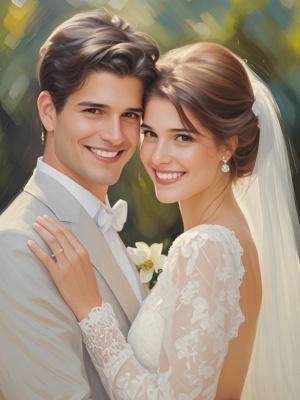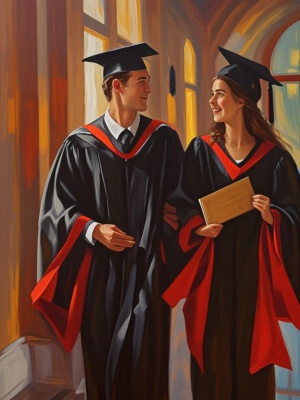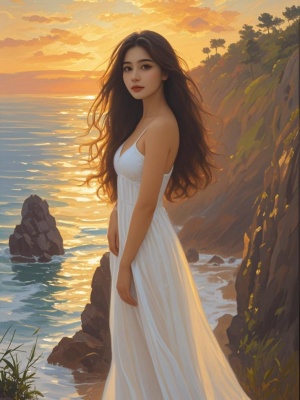The Art of Digital Transformation: Exploring Oil Painting Filters
Introduction: The Digital Renaissance of Oil Painting Effects
In today's digital art landscape, oil painting filters have emerged as revolutionary tools that bridge traditional artistry with modern technology. These sophisticated algorithms transform ordinary photographs into stunning digital masterpieces that mimic classic oil painting techniques. Whether you're a professional artist, photographer, or hobbyist, understanding oil painting filters can elevate your creative projects to new artistic heights.
At MediaAI.art, we've witnessed how these filters have democratized artistic expression, allowing anyone to create museum-quality artwork with just a few clicks. This article will explore the technical aspects, creative applications, and future potential of oil painting filters in digital art creation.
The Technology Behind Oil Painting Filters
How Neural Networks Recreate Brush Strokes
Modern oil painting filters utilize advanced convolutional neural networks (CNNs) that analyze thousands of authentic oil paintings to learn brushstroke patterns, color blending techniques, and texture variations. These AI models, like those powering our AI painting tools, can distinguish between different painting styles from Renaissance masters to Impressionist techniques.
Key technological components include:
- Texture synthesis algorithms that recreate canvas grain
- Edge detection systems that emphasize important contours
- Color quantization methods that mimic limited palette mixing
- Brushstroke simulation that varies by artistic style
Problem-Solution Matrix for Common Challenges
Artists often face specific challenges when working with digital oil painting effects. Here's how modern filters address these issues:
| Problem | Solution |
|---|---|
| Flat, unnatural textures | Multi-layer brushstroke simulation |
| Loss of important details | Adaptive edge preservation |
| Overly digital appearance | Natural media randomization |
| Limited style options | Customizable preset libraries |
Creative Applications of Oil Painting Filters
Transforming Personal Photography
Oil painting filters have become particularly popular for enhancing personal photographs. Our family portrait conversions demonstrate how ordinary snapshots can become cherished heirlooms when transformed into digital paintings. The filters work exceptionally well for:
- Wedding and anniversary photos
- Pet portraits with artistic flair
- Landscape and travel photography
- Special occasion images (birthdays, graduations)
Professional Design Workflows
Graphic designers and digital artists incorporate oil painting filters into their creative processes in numerous ways:
- Creating unique textures for game assets
- Developing concept art with painterly qualities
- Producing book cover illustrations
- Enhancing marketing materials with artistic effects
Choosing the Right Oil Painting Filter

Key Selection Criteria
Not all oil painting filters are created equal. When evaluating options, consider these factors:
Customization Depth: The best filters offer adjustable parameters for brush size, stroke intensity, and color saturation. Our AI art guide details how to fine-tune these settings for optimal results.
Style Variety: Look for filters that offer multiple artistic styles - from classical realism to expressive impressionism. According to research from the Digital Art Institute, the most versatile filters provide at least 5-7 distinct style options.
Output Resolution: Professional applications require filters that maintain high image quality. Premium solutions can process images up to 8K resolution without noticeable artifacting.

The Future of Digital Oil Painting Technology

Emerging technologies promise to make oil painting filters even more sophisticated. We're seeing developments in:
- 3D brushstroke rendering that accounts for paint thickness
- AI that adapts to individual artistic preferences over time
- Real-time painting effects for video applications
- VR/AR integration for immersive digital painting experiences
As noted in the Tate Modern's digital art report, these advancements are blurring the lines between digital and traditional art creation.
Conclusion: Embracing the Digital Art Revolution
Oil painting filters represent more than just photo effects - they're powerful tools that make artistic expression accessible to everyone. Whether you're preserving memories in our digital gallery or exploring professional applications, these technologies open new creative possibilities.
As the technology continues to evolve, we can expect even more realistic and customizable oil painting effects that honor traditional techniques while embracing digital innovation. The future of art is here, and it's beautifully blended with technology.